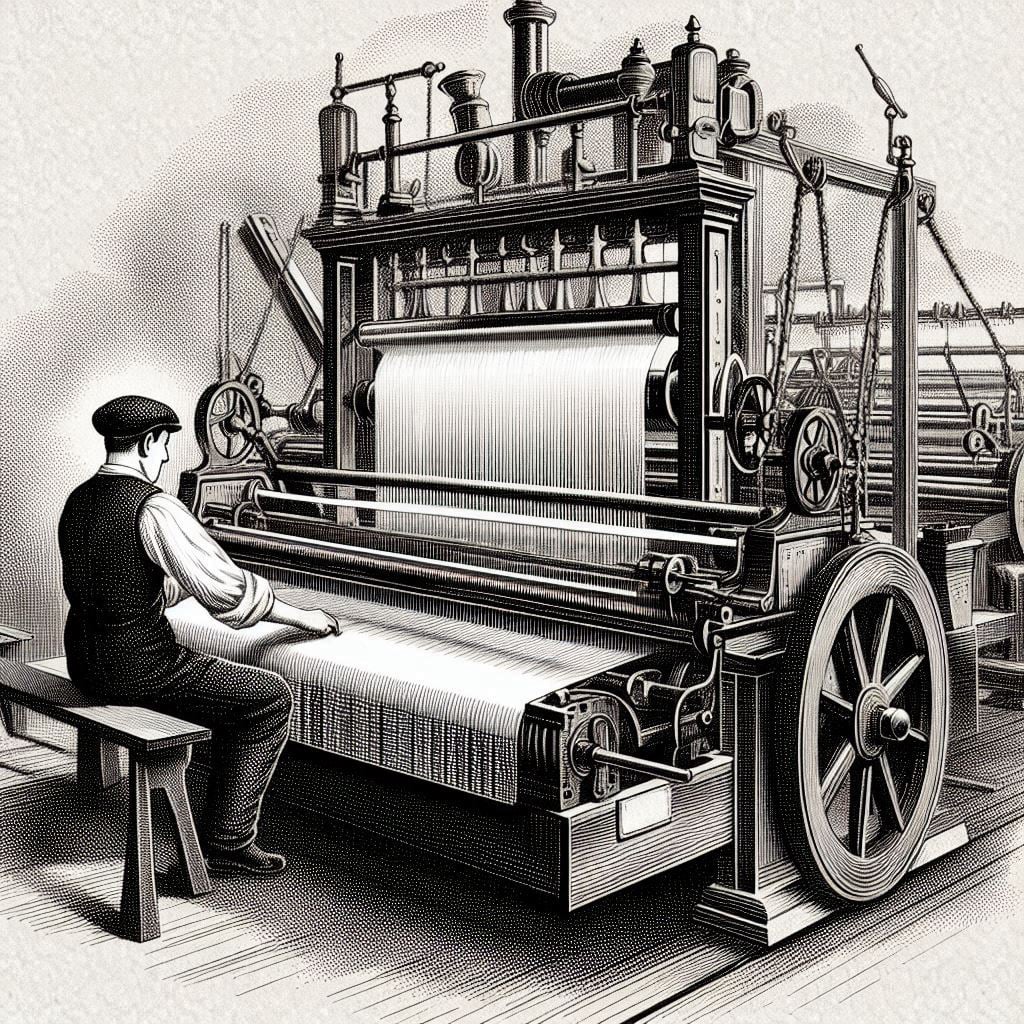Common Textiles Pros & Cons
NYLON
a. Absorbency - Fair
b. Abrasion resistance - High
c. Biological resistance - Excellent
d. Chemical resistance - Dissolves in formic acid. Good heat setting. Sensitive to UV rays.
e. Resilience - Very good.
f. Static resistance - Poor
g. Soil resistance - Fair to Excellent. 100% nylon cleans easily.
h. Cleanability - Very good.
i. Spot removal - Good for oil spots. Absorbs water base soils.
OLEFIN (Polypropolene or Herculon)
a. Absorbency - None
b. Abrasion resistance - Excellent
c. Biological resistance - Excellent
d. Chemical resistance - Very good. Sensitive to UV light.
e. Resilience - Poor. Crushes easily.
f. Static resistance - Excellent.
g. Soil resistance - Excellent for water base. Poor for oil base.
h. Cleanability - Excellent for water base. Poor for oil base.
i. Spot removal - Excellent for water base. Poor for oil base.
POLYESTER
a. Absorbency - Low
b. Abrasion resistance - Good
c. Biological resistance - Excellent
d. Chemical resistance - Good
e. Resilience - Poor
f. Static resistance - Good
g. Soil resistance - Good
h. Cleanability - Fair to Good
i. Spot removal - Water base easy, oil base difficult. Urine easy to remove. Bleach will scratch (dull) fiber.
ACRYLIC
a. Absorbency - Very low
b. Abrasion resistance - Fair
c. Biological resistance - Excellent
d. Chemical resistance - Good
e. Resilience - Fair
f. Static resistance - Good
g. Soil resistance - Good
h. Cleanability - Fair to Good
i. Spot removal - Good for water base.
WOOL - Most is imported.
a. Absorbency - Very high. 15% of weight is water. Center is medulla, where water goes.
b. Abrasion resistance - Moderate
c. Biological resistance - Prone to mildew
d. Chemical resistance - Fair. High pH will damage epidermis/cuticle (outer surface). Wool fiber producers recommend cleaning @ 5.5 to 8.0 pH. dissolves in Chlorine bleach (Sodium Hypo chlorite)
e. Resilience - Good dry, Poor wet.
f Static resistance - Poor
g. Soil resistance - Fair to Good
h. Cleanability - Fair
i. Spot removal - Fair
COTTON, RAYON, LINEN AND ACETATE
a. Absorbency - High. Requires longer drying time.
b. Abrasion resistance - Poor. Rayon is weakest of all fibers when wet.
c. Biological resistance - Poor
d. Chemical resistance - Fair. Strong acids or alkalis will attack.
e. Resilience - Poor
f. Static resistance - Low
g. Soil resistance - Fair
h. Cleanability - Fair
i. Spot removal - Problems with water base.
SILKS - Cheap fiber with good feel
a. Absorbency - High
b. Abrasion resistance - Fair
c. Biological resistance - Fair
d. Chemical resistance - Fair. Avoid bleaches, strong alkalis and acids.
e. Resilience - Fair
f. Static resistance - Fair
g. Soil resistance - Fair
h. Cleanability - Fair. Yellows with age. Water marks form because of sizings.
i. Spot removal - Fair. Problems with water base. Perspiration causes water marks and makes the fabric brittle.

